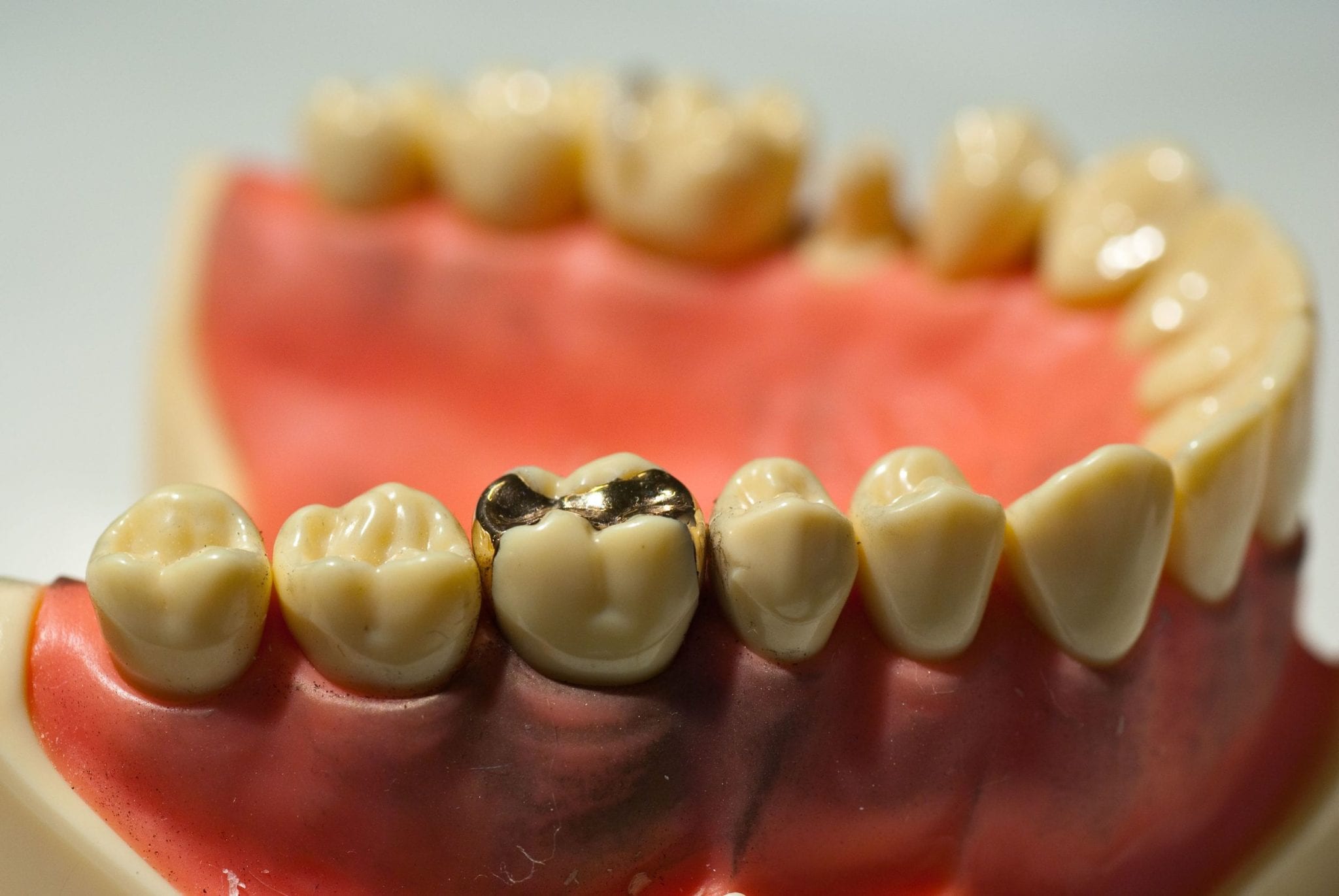
You may think that if you have a cavity, a filling is inevitable. After all, isn’t that just what you do to fix your tooth and avoid further problems?
Yes… most of the time. However, new technologies are making other treatments possible. We’re going to explore them in this post.
The Evolution of Treating Cavities
When bacteria multiply in your mouth and interact with the foods and drinks you consume, you may experience dental decay as your teeth lose their enamel. This decay can lead to a small hole in your tooth, called a cavity.
Traditionally, dentists have filled cavities with metals or resins to keep the decay from spreading down into the tooth’s roots, which might necessitate tooth removal. Modern day dentistry, however, has developed some new solutions that may not require fillings to be used in every case.
If dental decay is caught in its early stages – before it progresses into the tooth, a filling may not be necessary. In fact, it can take four to eight years for surface decay to penetrate into the tooth’s inner layers, when fillings would be necessary. In some cases, the tooth can even repair itself with the right treatments. How amazing is that?
Specifically, fluoride treatments can help reverse decay. Dentists are discovering that in cases of early decay, highly concentrated doses of fluoride can reduce the risk of decay by up to 50 percent.
You can also keep decay from spreading by practicing better oral hygiene, such as brushing twice per day and flossing once per day. Cutting back on acidic soft drinks and juices and swapping out refined carbohydrates for fresh fruit and vegetables can also help to slow or reverse dental decay.
To Be or Not to Be… Getting a Filling
So, when do you need a filling?
You may need a filling if you feel pain or if the hole is visible to the eye. Some people are in higher risk groups for dental decay due to genetics, poor dental hygiene or diet concerns. In these cases, fillings may be best.
However, many people are in low-risk groups for dental decay. How many?
As many as 95 percent of people may not need a filling for signs of early decay. If you don’t face a high risk of decay, your dentist can use fluoride in the office and teach you how to apply it at home to strengthen your enamel.
Why is this potentially better than getting a filling?
Because fillings come with added risks. The filling does not create a perfect seal, and bacteria can cause decay where the filling meets the tooth. There’s also a chance that your filling could fall out, break, or crack. In extreme cases, a filling may need to be extracted if a root canal is needed. By skipping a filling for early decay, you avoid these risks.
Another big benefit? Using a fluoride treatment rather than drilling into a tooth also saves money. Fillings normally cost between $100 and $300, depending on the size of the cavity. Oh, and they may not be fully covered by your insurance plan.
In comparison, fluoride treatments are much more affordable – and can be more effective in the long run. Sealants applied in the dentist’s office are typically covered by insurance, and children may get the treatments for free. If your dentist prescribes a high-fluoride toothpaste, they typically cost less than $20 per tube.

So, the next time your dentist notices a cavity and starts talking about fillings, ask: “Do I really need it? Is it early enough in the decay that you could use a different type of treatment?”






